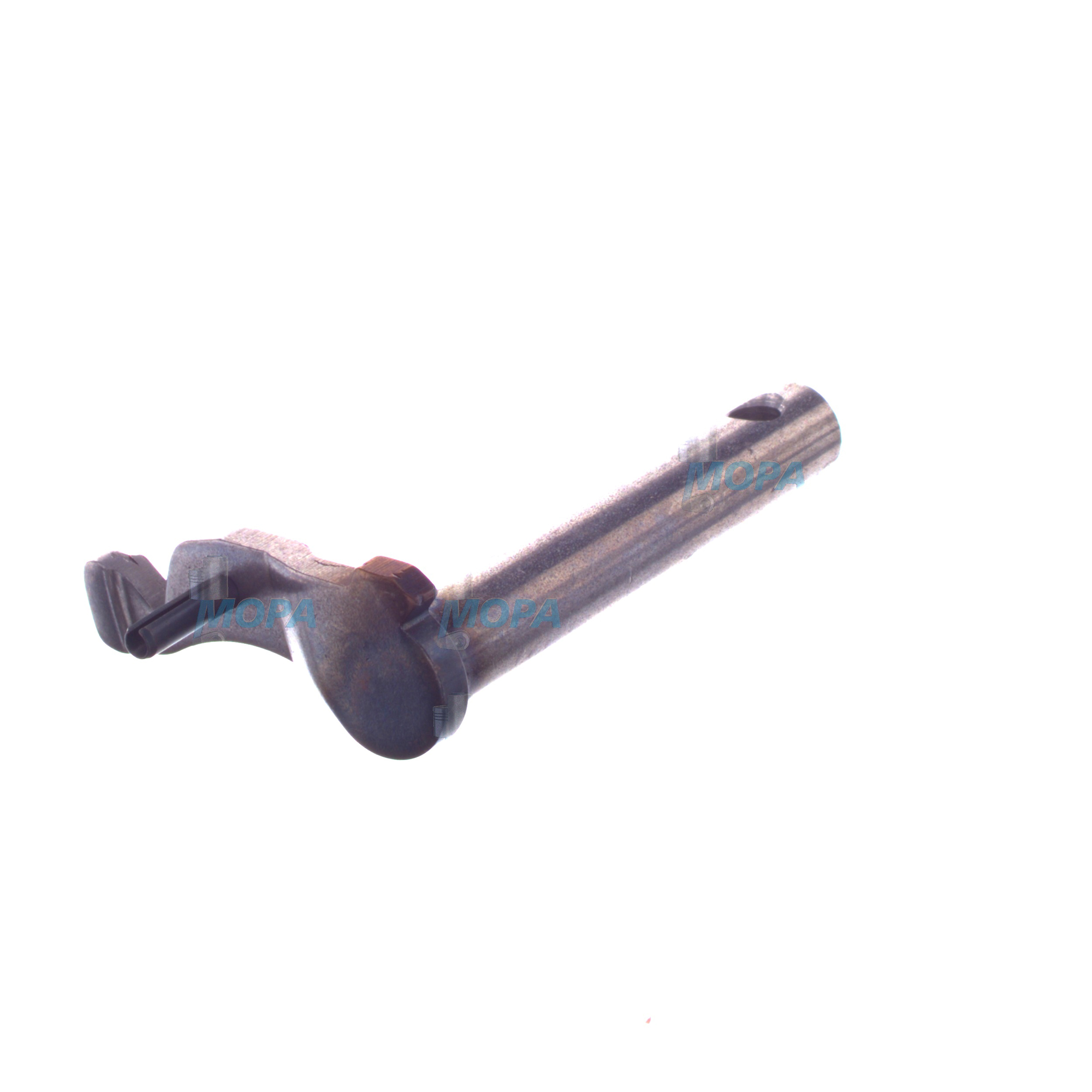SHUTDOWN LEVER Engine Controls for Marine and Diesel Engines
Engine controls form the command and safety layer of any combustion engine, translating operator inputs and automation signals into precise mechanical or electronic actions. As a category, engine controls include governors, actuators, linkages, position sensors, stop systems, throttle bodies, and the SHUTDOWN LEVER that commands a safe stop. In marine engine rooms, power plants, and industrial sites, these components orchestrate fuel delivery, air management, speed regulation, and protective shutdowns—keeping engines efficient under load and protected when a fault occurs.
Technical function of engine controls and the SHUTDOWN LEVER in a diesel engine
Engine controls regulate core operating parameters such as speed, load, and start/stop logic. In a diesel engine, the governor compares a speed setpoint to actual rpm and drives an actuator that positions the fuel rack or injection control, while additional loops manage boost, exhaust temperature, and emissions. Command paths can be fully mechanical (lever and linkage), electro‑mechanical (servo or stepper actuator), or fully electronic via an ECU. Feedback from position sensors and limit switches closes the loop, delivering repeatable response and tight droop or isochronous performance across the load range.
Within this system, the SHUTDOWN LEVER is a decisive control for safe engine stop. On many mechanical fuel systems, the lever places the injection pump control rod into a no‑fuel position. In hybrid or electronic systems, the lever interfaces with a stop solenoid or actuator that executes the stop sequence under ECU supervision. For a marine engine, the SHUTDOWN LEVER is commonly integrated into remote control architecture so that bridge commands or safety systems (e.g., overspeed, low lube oil pressure) can actuate a rapid, fail‑safe stop. In generator sets, it ties into emergency stop circuits to protect alternators and connected loads during fault conditions.
Precision in the kinematics of engine controls is essential. The geometry of levers, backlash in linkages, response time of actuators, and spring rates in return mechanisms all influence how smoothly an engine follows setpoint changes, how it shares load with parallel units, and how quickly it reaches a safe state during an emergency. In practice, well‑tuned controls reduce hunting, shorten transient recovery, and stabilize exhaust temperatures—all of which contribute to fuel efficiency and component longevity. When specified as SHUTDOWN LEVER OEM parts, the dimensional tolerances and materials match the engine maker’s control architecture, ensuring predictable actuation forces and repeatable stop performance.
- · Precise speed and load regulation under varying conditions.
- · Fail‑safe stop via the SHUTDOWN LEVER and interlocked safety logic.
- · Compatible with marine engine remote control and bridge systems.
- · Stable transients with reduced hunting and smoother load steps.
- · Corrosion‑resistant materials and sealed components for harsh environments.
- · Traceable, dimensionally accurate OEM spares for consistent fit and response.
- · Lower downtime through fast, drop‑in replacement of control elements.
Importance of engine controls for reliability and service life
Engine controls determine whether an engine runs within its safe operating envelope. Accurate governor action prevents overspeed; responsive actuators balance load without excessive smoke; and protective circuits ensure rapid intervention during low oil pressure, high coolant temperature, or loss of cooling water. If controls drift out of calibration or wear mechanically, multiple issues can follow: erratic idle, poor load acceptance, increased fuel consumption, elevated emissions, and thermal stress on turbochargers and exhaust valves. A binding or misaligned SHUTDOWN LEVER can delay stop commands, complicate emergency procedures, or create unsafe partial‑fuel states that prolong run‑down times. Over the long term, these deviations accelerate wear on bearings, liners, and injection equipment, compromising availability and driving up lifecycle cost.
For shipowners and plant operators, the reliability of engine controls directly impacts schedule adherence and compliance. Unstable control loops or unreliable shutdown mechanisms can trigger class survey findings, lead to unplanned port calls, or jeopardize power system stability in islanded grids. Keeping the control chain—levers, shafts, bushings, sensors, harnesses—within spec is therefore central to predictable service intervals and safe operations.
Advantages of OEM spare parts suitable for Engine controls
Using OEM spare parts suitable for engine controls preserves the engineered behavior of the control system. Tolerances in pivot pins, surface finish on shafts, and hardness of wear points determine friction and backlash—small differences that translate into bigger control errors at the engine. With SHUTDOWN LEVER OEM parts, actuation forces, throw angles, and return spring rates match the intended design, supporting reliable stop performance under manual and automated commands.
How OEM parts protect performance, reliability, budget, and service life
Dimensional fidelity and validated materials maintain precise geometry over long service periods, reducing recalibration needs. Verified compatibility with the diesel engine control layout—from linkage interfaces to sensor pinouts—speeds installation and minimizes downtime. Documented quality and testing reduce the risk of early failure, protecting adjacent high‑value components such as injection pumps, governors, and actuator gear trains. The result is stable efficiency, fewer call‑outs, and lower total cost of ownership. In fleets, consistent SHUTDOWN LEVER OEM parts across units make inventory planning easier and simplify crew training, supporting standardized maintenance routines.
MOPA: fast, high‑quality, and secure supply of OEM parts for engine controls
MOPA is an experienced partner for OEM spare parts in Engine controls, including SHUTDOWN LEVER components for diesel and gas engines. Customers benefit from rapid response times, rigorous quality processes, and secure international trade handling—from sourcing to documentation and logistics. Whether you need a SHUTDOWN LEVER for a marine engine, actuator assemblies, position sensors, or complete linkage kits, MOPA provides traceable parts, technical clarity on fitment, and delivery options that keep downtime to a minimum. Our team supports purchasers and technical departments with cross‑references, material certificates where available, and packaging tailored to shipboard or remote site reception.
Conclusion: Engine controls and SHUTDOWN LEVER OEM parts
Engine controls are the nerve center of any powerplant, and the SHUTDOWN LEVER is a critical element for safe, predictable stops in marine engine and diesel engine applications. Selecting OEM spare parts suitable for Engine controls preserves designed performance, safeguards reliability, and optimizes budget and service life across the fleet.



